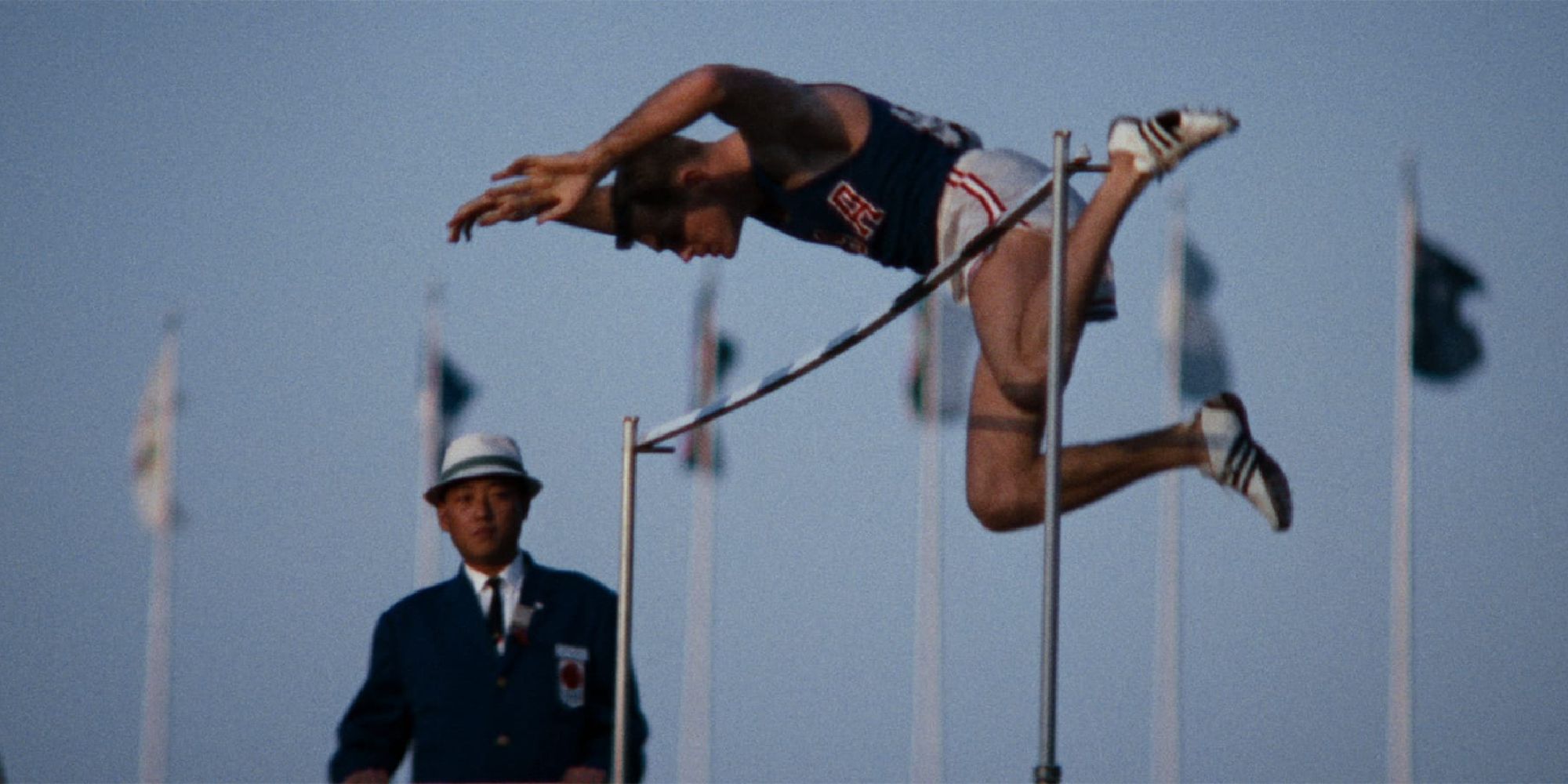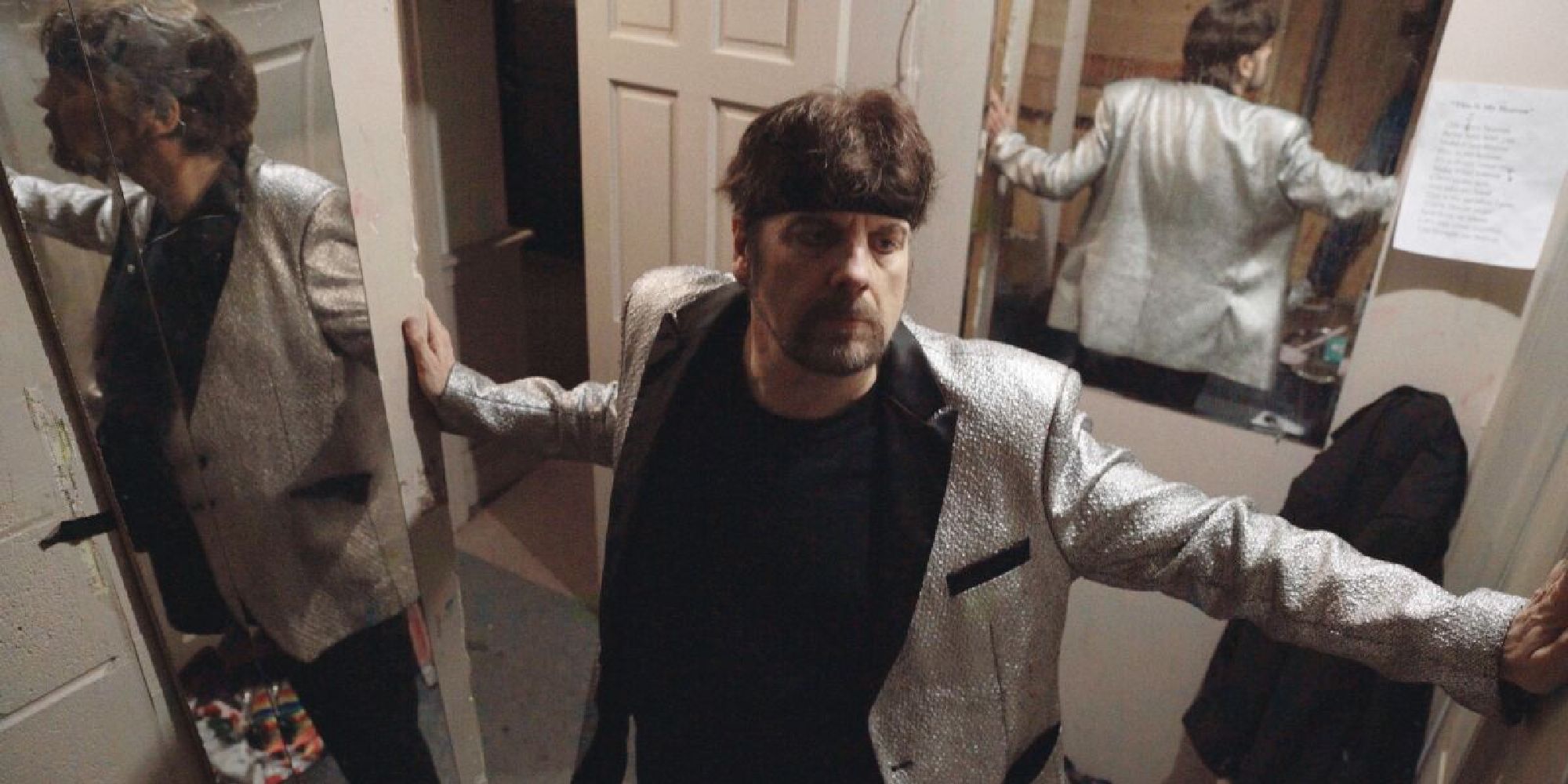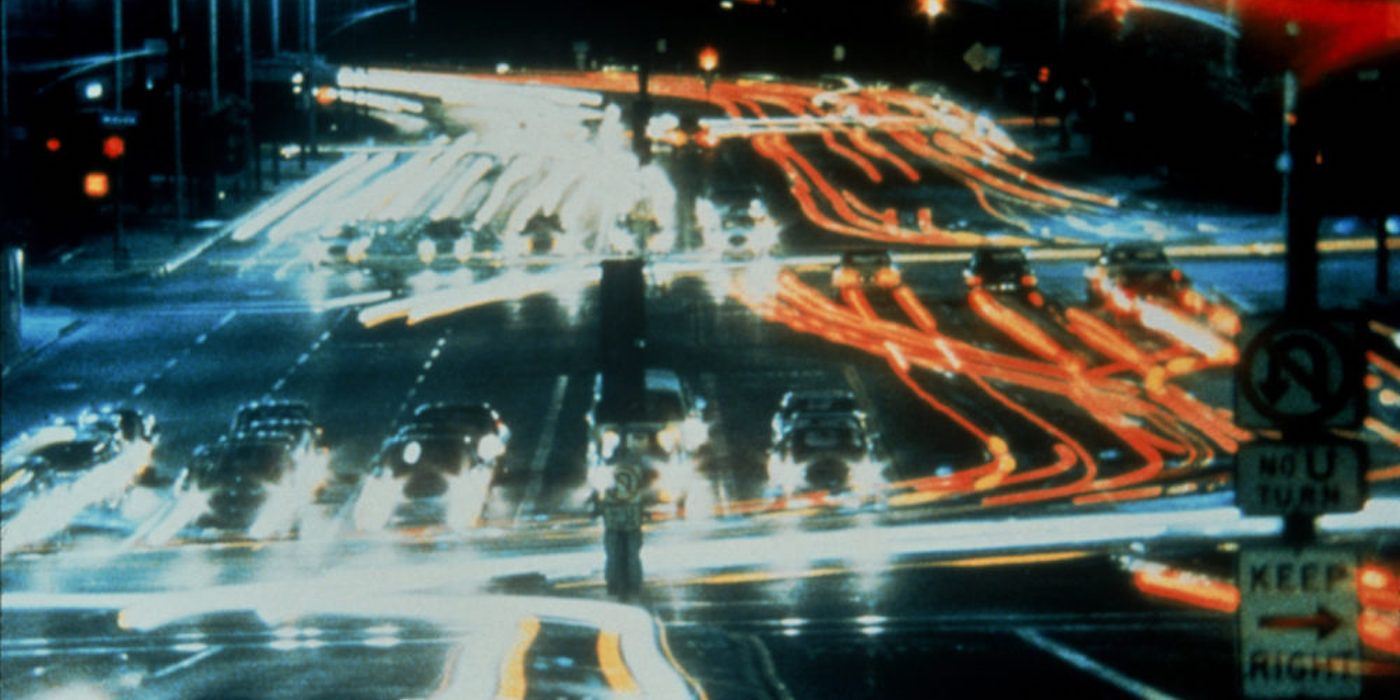Most documentaries feature familiar tropes that will become noticeable to anyone who watches a handful of them. In telling historical or non-fiction stories, there'll often be a mix of archive footage, talking head interviews, narration, montages set to music, and some visual aids like graphs or statistics used throughout. There's nothing wrong with doing this for most documentaries, as a combination of these tools often works when it comes to presenting real-life people and their stories on screen.
However, it should be noted that not all documentaries rely on these tools to tell their stories. The following are all examples of less conventional documentaries that either use well-known documentary tropes sparingly or not at all. While they're not all necessarily experimental, they do demonstrate the versatility of the documentary genre, and provide examples of how to present documentaries in unexpected and unconventional ways.
'Life of Crime: 1984-2020' (2021)
Similar to films like Boyhood (which isn't a documentary) or something like the Up series, Life of Crime: 1984-2020 was shot over multiple years. In this case, the time covered is right there in the title: some scenes were shot way back in the 1980s, and the documentary's final scenes take place in 2020.
Using older footage shot for previous films in what's now the Life of Crime series, as well as newer material, filmmaker Jon Alpert presents the turbulent lives of three individuals living in New Jersey. They sometimes engage in non-violent street crimes and cycle in and out of drug addiction, all of which is captured in stark, strikingly intimate detail. It's a harrowing and very sad watch, but powerful because it is ultimately empathetic, with the gritty presentation and lack of interviews/overbearing narration helping to make it feel all the more real and hard-hitting.
'The Beatles: Get Back' (2021)
Peter Jackson gave fans of The Beatles a great gift in 2021 with the miniseries The Beatles: Get Back. It expands greatly upon the mostly-forgotten 1970 documentary, Let It Be, which covered The Beatles working on the album "Let It Be" before performing one final concert on a rooftop for an unsuspecting public.
Get Back remasters this old footage and constructs an eight-hour miniseries, as opposed to the 1970 film, which ran for about 80 minutes. It aims to be an intimate look at artists engaging in the creative process, being sometimes tedious and repetitive, yet sometimes thrilling. To immerse viewers and make them feel like they're there with The Beatles, Get Back doesn't use narration or interviews, telling its story visually with occasional on-screen text to provide context.
'Moonage Daydream' (2022)
Such a dizzying trip that it's hard to even call it a documentary, Moonage Daydream offers an obscure, noisy, mysterious, yet ultimately personal look at the life and mind of David Bowie. Few documentaries feel so psychological, as it aims to investigate what made Bowie such a great artist, as well as trying to see who he really was behind all the personas he adopted throughout his nearly 50-year career.
Moonage Daydream offers few easy answers to who David Bowie was, but it might be the closest we'll ever get to understanding his mind. It's a strange but immersive documentary, featuring nothing but archive footage and interviews, with no narration, no new interviews, and very little text to explain what's being shown. It also unravels in a way that's not strictly chronological, meaning it's not a documentary that simply presents Bowie's life story. It does, however, do an excellent job of celebrating his art and demonstrating why he was so important to the entertainment world.
'Kedi' (2016)
Most documentaries focus on human beings and their human problems, but Kedi defies conventions by being all about cats. It explores Istanbul and its large population of stay cats, some of whom interact with humans while others are shown living more independent lives.
There are a few people interviewed throughout, but the documentary is firmly about the cats themselves ("Kedi" is the Turkish word for cat, after all). It offers an unobtrusive and engaging look into their lives, and presents the world from their point of view, largely through its unique camerawork and overall presentation.
'Lessons of Darkness' (1992)
Werner Herzog has made many documentaries throughout his decades-long career. Most of them utilize a decent number of documentary tropes, with his documentaries usually standing out because of their unconventional subjects, awe-inspiring visuals, and esoteric voiceover/commentary from Herzog himself.
Lessons of Darkness is identifiable as a Herzog documentary because it has all of these things, but uses fewer documentary contraventions than most of his other films. It presents post-Gulf War Kuwait by showing its desolate, disaster-ridden oil fields, presenting things visually and with little commentary. This ends up making for a haunting and effectively bleak documentary-watching experience.
'78/52' (2017)
Rather than the presentation, it's more what 78/52 focuses on that makes it a unique documentary about the art of filmmaking. Most documentaries about famous filmmaking will focus on a single movie or a director's body of work, but 78/52 narrows its scope to analyze and break down just one scene.
That scene is the infamous shower sequence from Psycho, which takes up just a few minutes of screentime, yet was groundbreaking and intricate enough that a 91-minute documentary was made on it. For any fans of Psycho or Alfred Hitchcock, it's a must-watch, and it's certainly a novelty among other documentaries that are about movies.
'Häxan' (1922)
Despite being released over a century ago, there's very little that's come out since Häxan that's comparable. This Swedish silent film about witchcraft throughout the ages is part horror film, part documentary, and part historical drama, mixing unexpected genres and stylistic decisions to make a film that's unlike any other.
By modern standards, it's unique enough to watch a documentary that's also a silent film, given the technological limitations automatically rule out the chances of hearing narration or interviews. But it's the use of dramatizations and still-disturbing imagery that makes Häxan a singular documentary experience, and one of the most iconic movies of the silent era.
'Tokyo Olympiad' (1965)
It's nothing out of the ordinary to see Olympic Games footage, given they get copious airtime every four years. As such, on the surface, Tokyo Olympiad doesn't appear to be anything special, given it was intended to be a documentary that covered various sporting events at the 1964 Olympic Games in Tokyo.
It's the way the events are captured that makes Tokyo Olympiad amazing. Over almost three hours, countless sports are captured in stunning detail, with excellent cinematography and expert use of slow motion enhancing the footage (the depiction of the marathon is particularly great). You don't have to be a huge fan of watching sports to appreciate the spectacle on offer here, as it's a stunningly well-made documentary that presents and arguably mythologizes some of 1964's most talented athletes.
'The Amazing Johnathan Documentary' (2019)
A comedic documentary designed to make viewers' heads spin, The Amazing Johnathan Documentary is difficult to summarize. It follows a magician named The Amazing Johnathan as he embarks on his final tour, playing tricks on those who come to see him, the filmmakers following him, and the viewers watching the documentary about him.
It's impossible to know what's genuine and what's misdirection throughout, and eventually, those behind the camera seem just as willing to deceive viewers as The Amazing Johnathan himself. Some viewers may find such a deceptive documentary frustrating, but others are likely to find the unpredictable ride it offers thrilling and entertaining.
'Koyaanisqatsi' (1982)
It's hard to think of a better experimental documentary than Koyaanisqatsi. Featuring no dialogue, interviewees, or voiceover, it depicts 20th-century life with a level of detail that's as awe-inspiring as it is harrowing. Through its amazing visuals and fantastic music, it argues that humanity needs to be in balance with nature, and that the speed of a technology-heavy life is pushing us further and further away from being in harmony with the world we live in.
It might sound heady and even pretentious, but it's paced so well and feels so impactful that it absolutely works. It's a testament to how a film can make a point without anyone talking, and with very little text on screen, too. For those who are burnt out on documentaries with more traditional presentation and want to see what else the genre has to offer, Koyaanisqatsi is a perfect starting point.

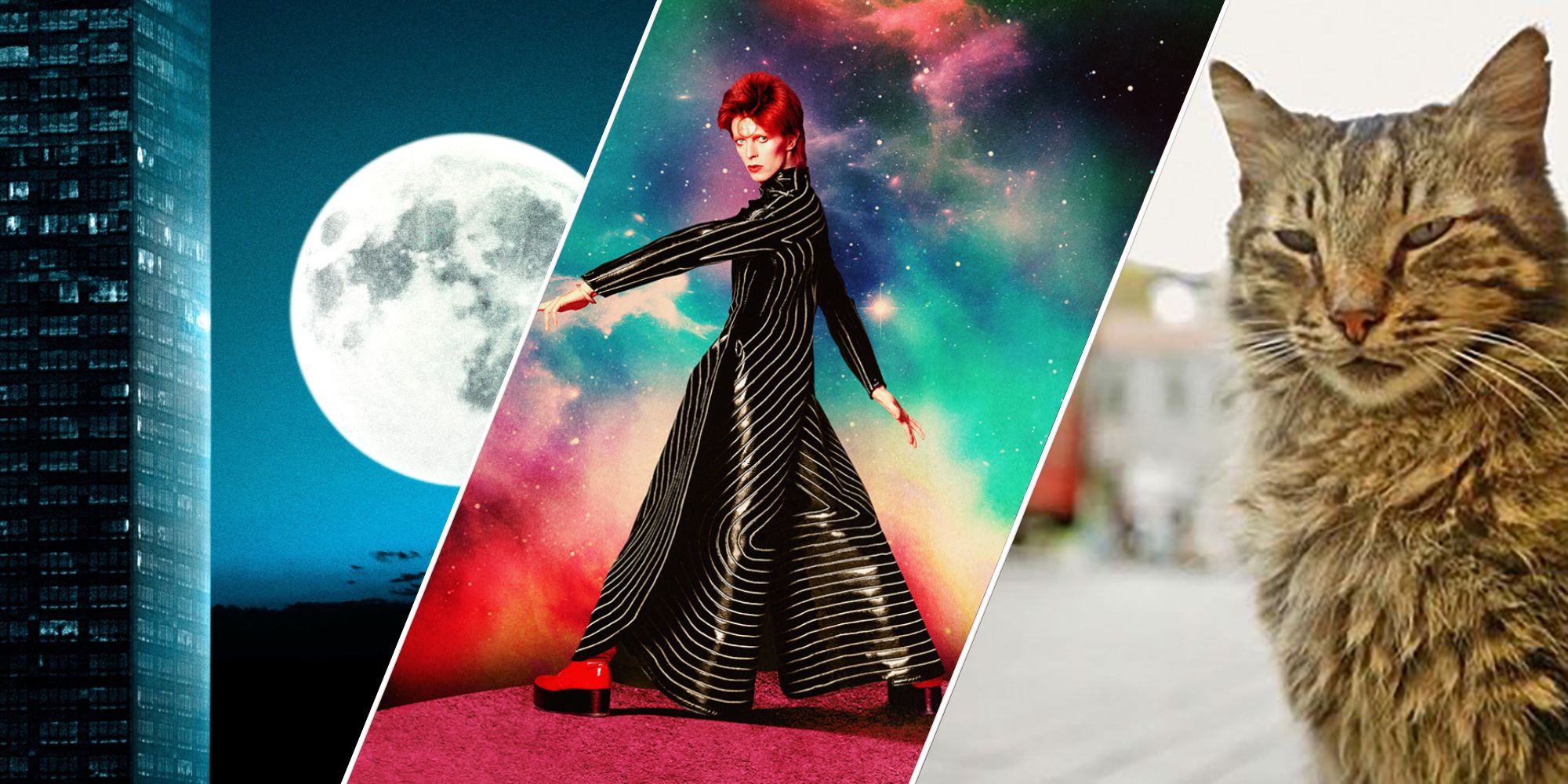
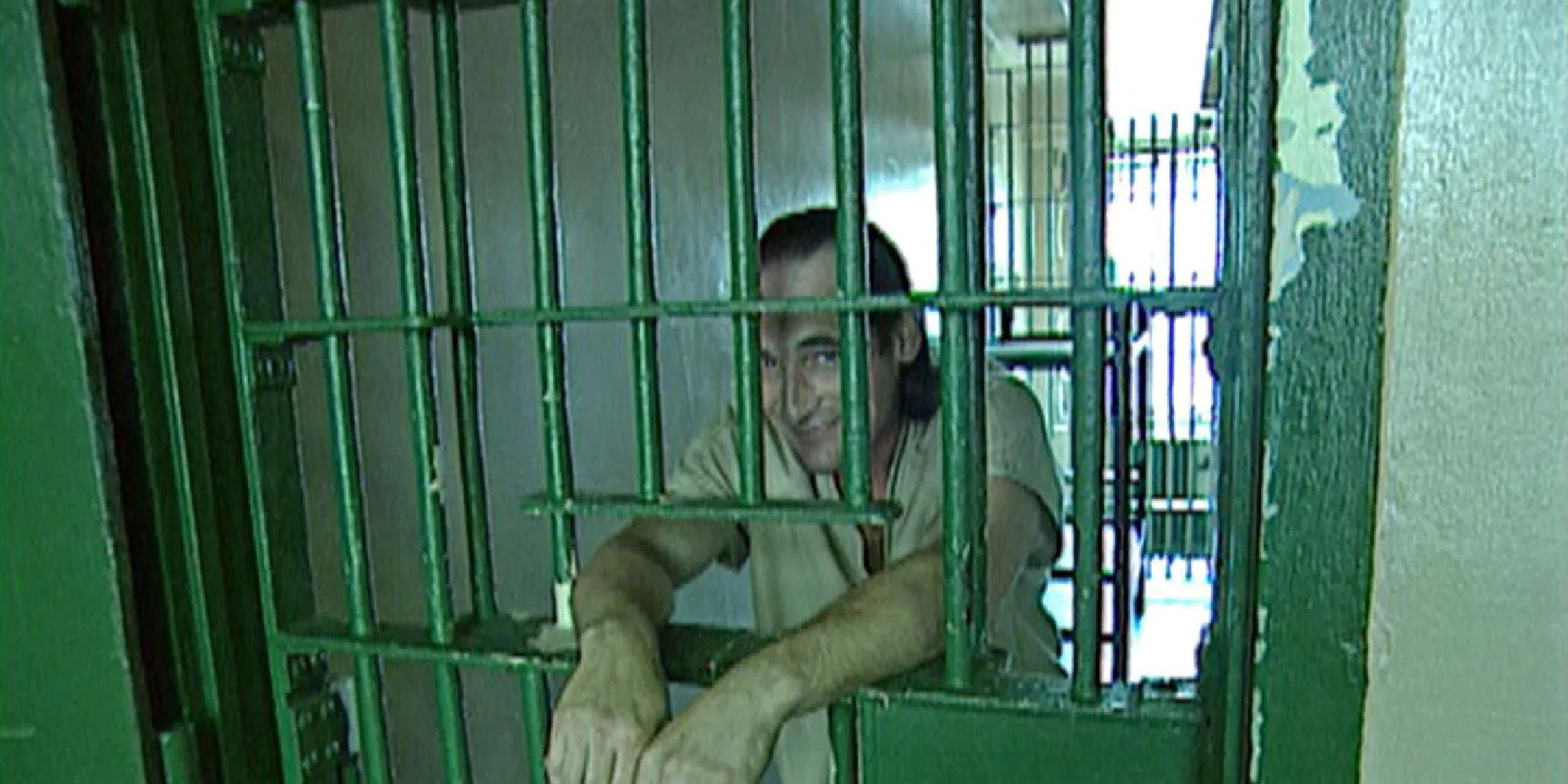
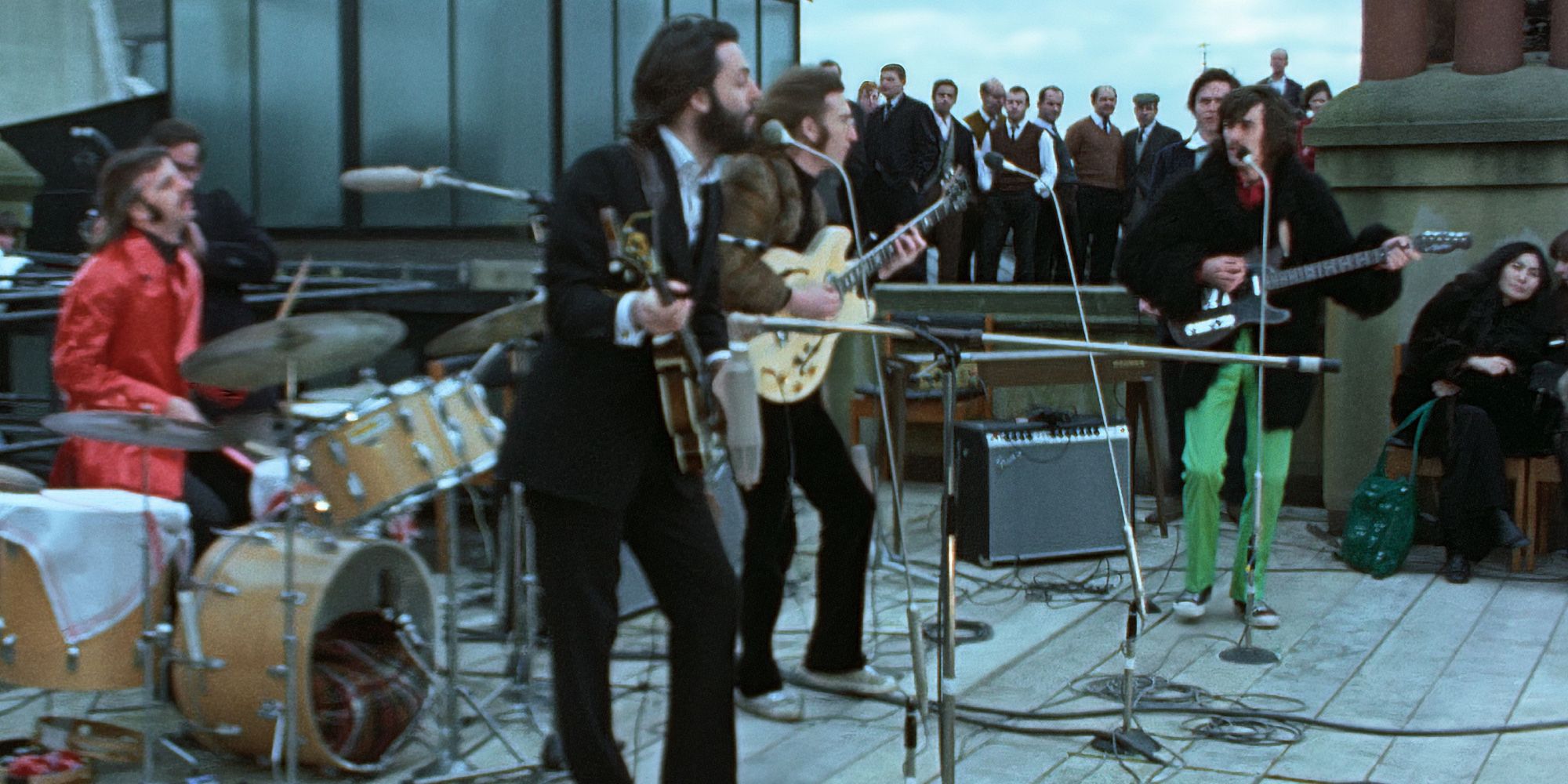
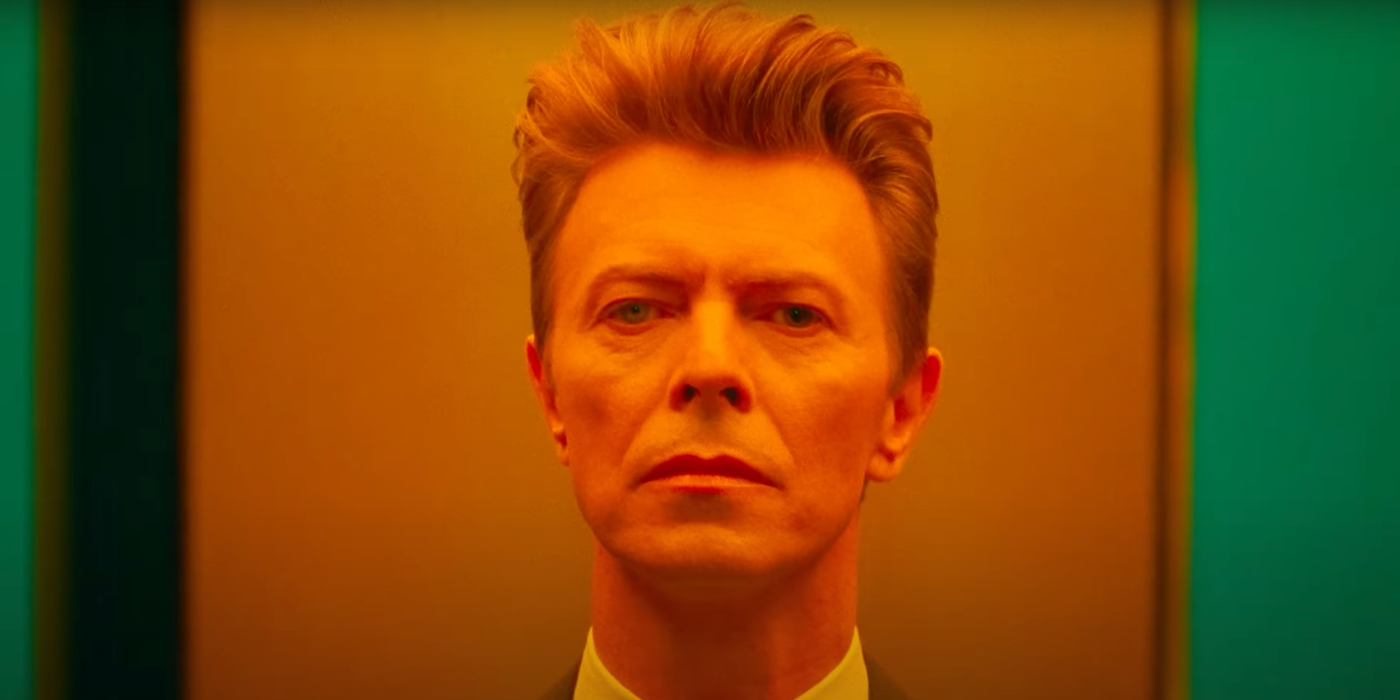


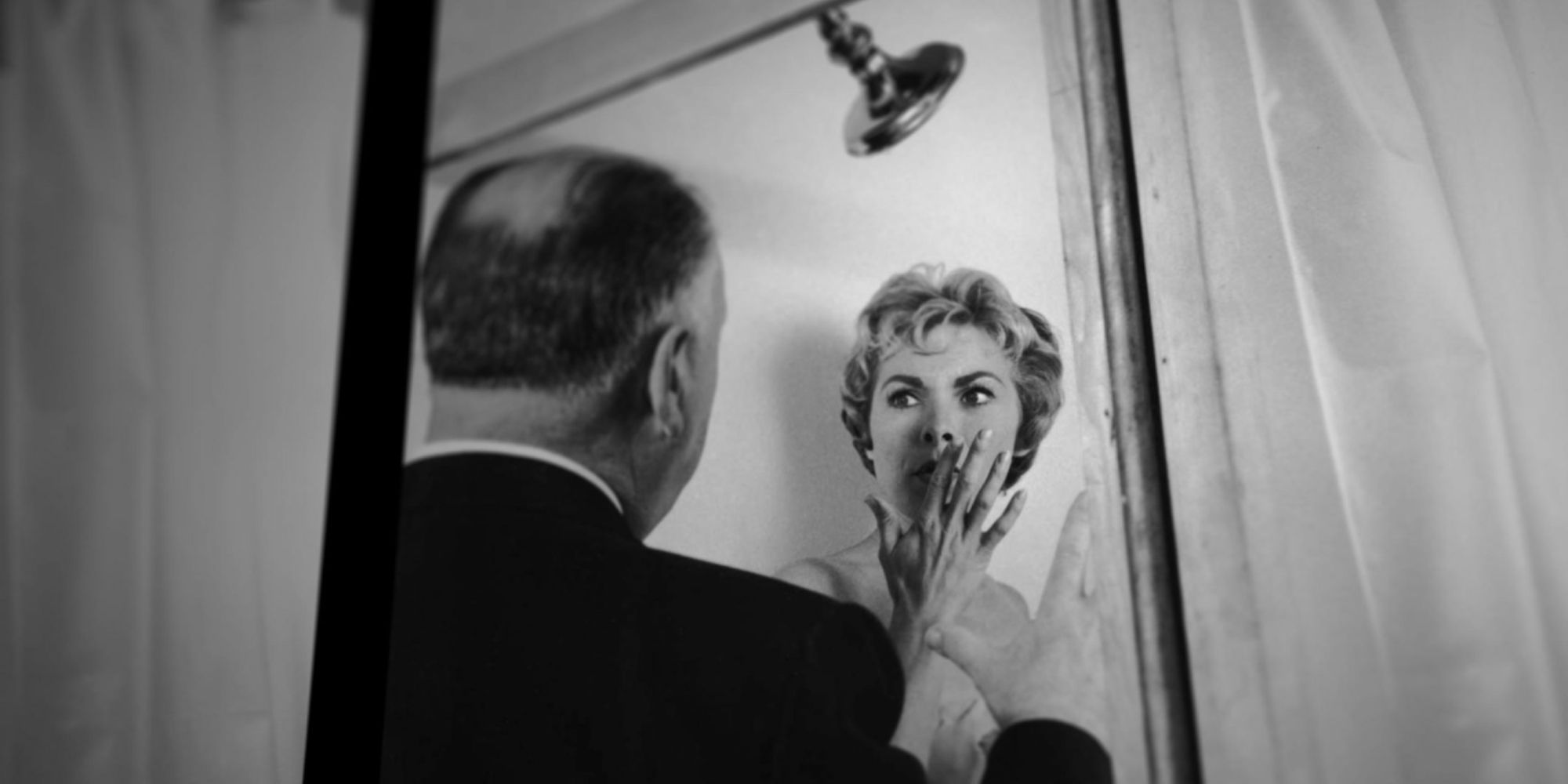
-4.jpg)
